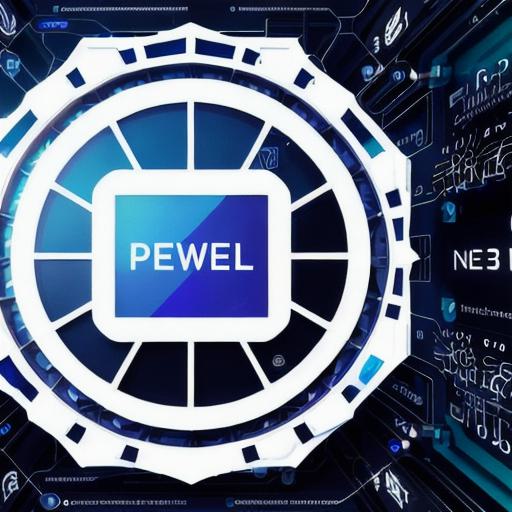The internet has transformed our lives in countless ways, but its full potential has yet to be realized. That’s where Web3 comes in – a new paradigm that promises to decentralize the web and empower users to control their own data.
And who better to lead this charge than Andreessen Horowitz (a16z), one of Silicon Valley’s most influential investors and entrepreneurs? In this article, we will explore how a16z is revolutionizing the web through Web3 innovation and look at some real-life examples of companies they have invested in.
What is Web3?
Web3 refers to the next phase of the internet, which aims to decentralize the web and empower users to control their own data. It is built on blockchain technology, which allows for secure and transparent transactions without intermediaries like banks or governments.
One of the key features of Web3 is that it enables users to own and control their data, rather than relying on centralized servers to store and manage it. This means that users have more privacy and security, as well as greater control over how their data is used.
Why is a16z so interested in Web3?
a16z has been an early investor in the blockchain space for years, recognizing its potential to revolutionize industries like finance, healthcare, and supply chain management. With Web3, they see an opportunity to take this one step further – to create a new internet that is more decentralized, secure, and user-friendly.

As Horowitz said in a recent interview: "Web3 is not just about blockchain, it’s about building a new internet that puts users at the center of everything."

Real-life examples of Web3 innovation
a16z has invested in several companies that are leading the charge in Web3 innovation. Here are a few examples:
- Decentraland: This virtual reality platform uses blockchain technology to create decentralized communities and experiences. Users can buy and sell land, build their own homes, and participate in events without relying on centralized servers.
- Chainlink: This company provides secure data feeds that connect smart contracts to real-world data sources. This enables decentralized applications to access information from a variety of sources, such as price feeds, weather data, and sensor data.
- OpenSea: This marketplace for non-fungible tokens (NFTs) uses blockchain technology to enable secure and transparent trading of digital assets. NFTs have become increasingly popular in recent years, with artists, musicians, and other creators using them to monetize their work.
- Uniswap: This decentralized exchange platform allows users to trade cryptocurrencies without relying on intermediaries like banks or brokers. It uses smart contracts to enable secure and transparent trading, and has become one of the most widely used platforms in the cryptocurrency space.
Summary
Web3 represents a major shift in how we use the internet – one that promises to put users at the center of everything and empower them to control their own data. And with a16z leading the charge, it looks like this new paradigm is here to stay.
As Horowitz said in the same interview: "Web3 is not just about blockchain, it’s about building a new internet that puts users at the center of everything."
